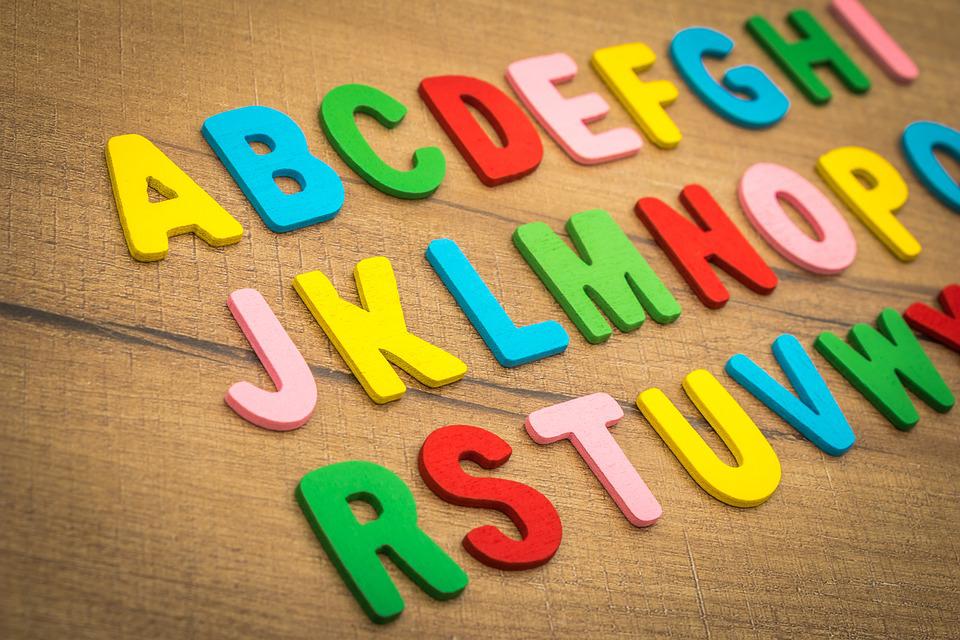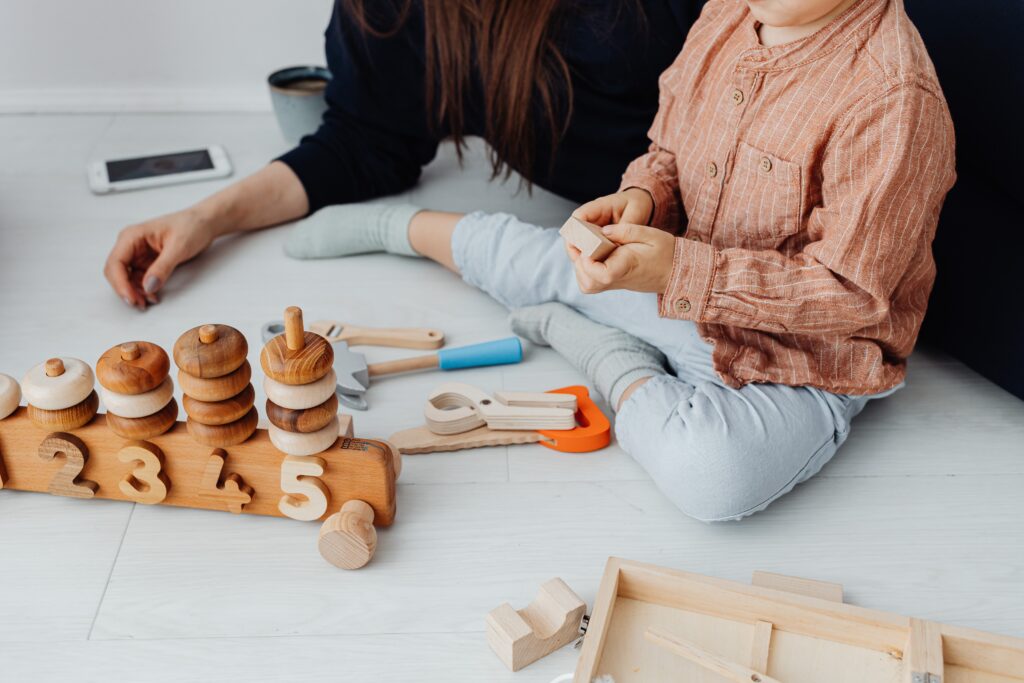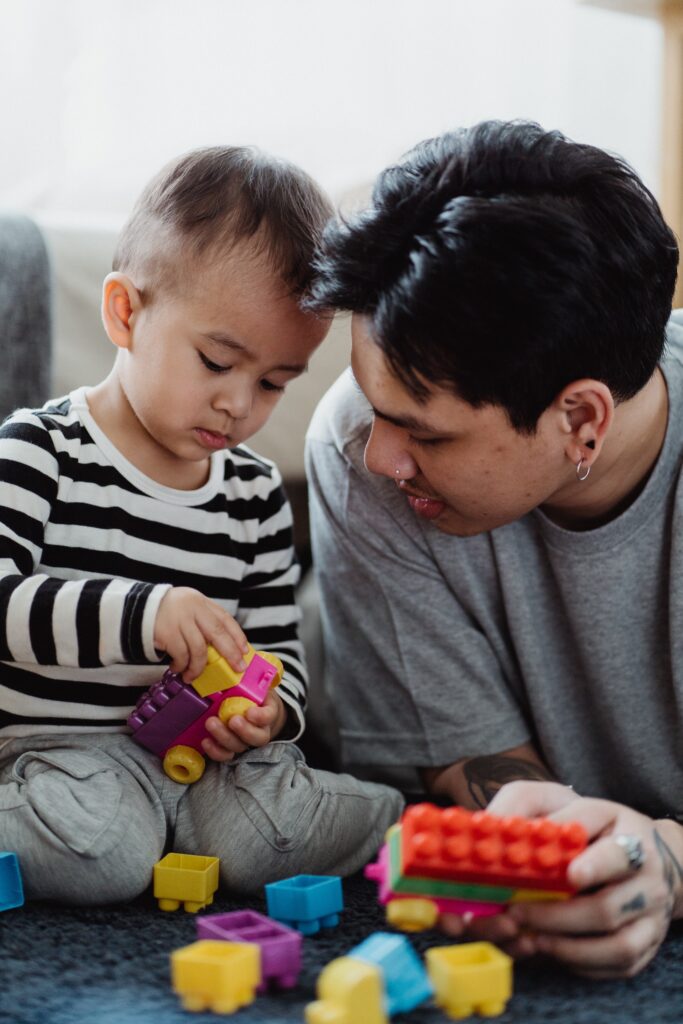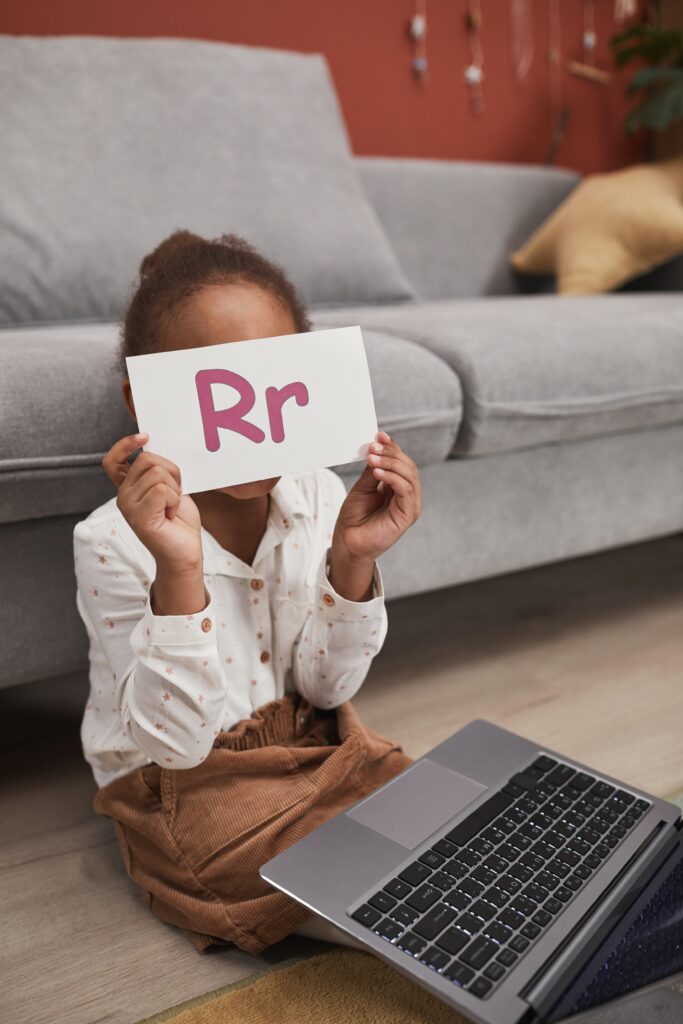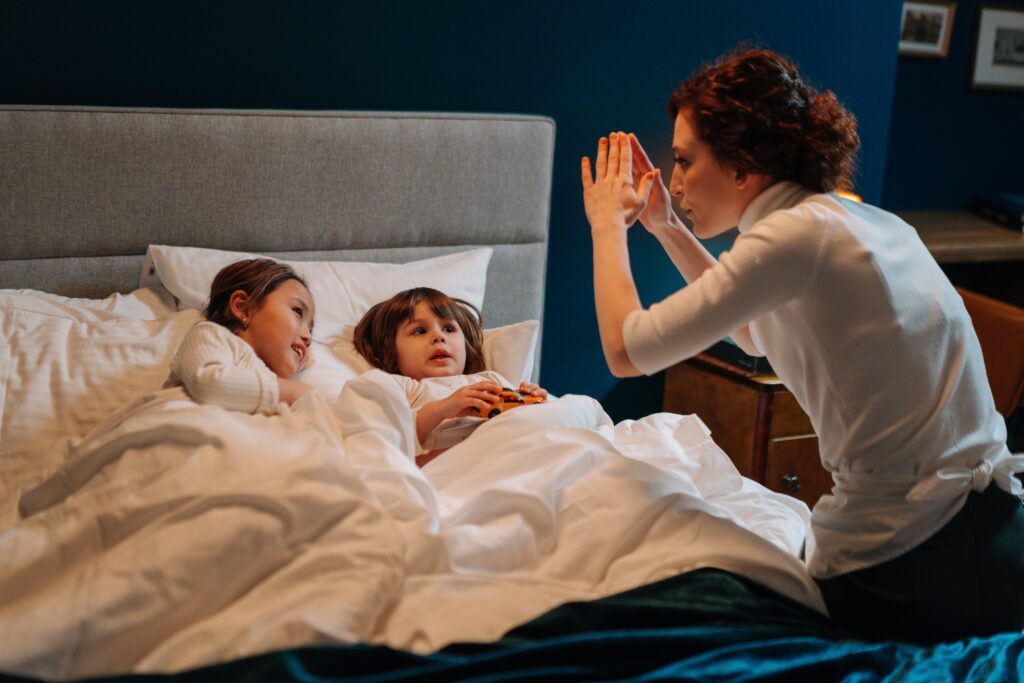Having your child fluent in more than one language is very important to the child’s future; this is because the world as we know it has many languages, meaning that your kid will be capable of interacting with various people in the world. And do business with them easily.
Learning a second language is also a career-building process. Today there are many translation jobs for most of the world’s popular languages, like French, German, and many others. Such variations clearly show that only the native language is not enough.
But how do we make this learning process enjoyable to the child so that it doesn’t look like another classroom subject? That is where educational toys come in; these toys are more exciting and engaging to the child and give the kid an easier time when learning. The following are vital tips to keep in mind when teaching your child a new language with educational toys.
Why do educational toys affect how youngsters learn to speak?
It is commonly accepted that play is the best way for kids to learn. This is so that kids may explore, try new things, and utilize their imaginations—all of which support learning.
Giving kids the chance to develop their communication skills is one approach to this. For instance, when kids play with dolls, they may talk to them and give them orders. This aids kids in developing their vocabulary and sentence-building skills.
Introducing new words and phrases to kids is another method. For instance, terms like “up,” “down,” “on,” and “under” are introduced to kids while they play with building blocks. They are learning the meaning of these words as they play with the blocks and utilize them, which broadens their vocabulary. Children who are exposed to new words and phrases learn both the meanings of these words as well as how to utilize them in sentences.
Use Education Toys That Articulate the Words Very Correctly
The correct pronunciation is essential for effective communication. Getting educational toys with clear articulation will enable your kind to master the language quickly. The unclear toy will challenge your kid, especially on terms that have closeness in pronunciation. Clear toys will also enrich your child with a wide range of vocabulary and the choice of diction when speaking.
Choose Engaging Educational Toys
Children always love beautiful designs and colors. Therefore, colorful toys are more likely to win the love of a child. Combining the kid’s love with learning will make her more passionate about it, which boosts the child’s overall performance in the new language.
Get Portable Educational Toys
Light and average-sized toys are easy to carry as the kid moves around. Flexible toys are used at school and home as well. The kid can also take the toy to her friend’s place to learn the new language together. Using educational toys in different environments eliminates the kid’s boredom if they use them only in a home setting.
Have Durable Toys
Children can be a bit aggressive when handling toys. Choosing durable educational toys will serve your child for a long time. Durable toys will also ensure that the kid will not take a break from learning due to toy damage. More importantly, not all parents would like to spend much of their earnings buying toys.
Get Educational Toys That Improve Your Child’s Creativity
When buying educational toys for your kid, go for one enriched with more features to learn. The features will widen the kid’s imagination as she knows how to utilize the multiple components of the toy. The child’s creativity is applicable when learning a new language and is also useful when solving various life problems requiring critical and rational thinking.
What playthings help kids develop their linguistic skills?
Lifestyle Toys
Toys are designed to mimic real-world items. For example, dolls, homes, furniture, kitchenware, different cars, etc. Children can use these toys while they role-play. Children primarily utilize language in role-play to communicate the storyline and substance of the game, fostering language development.
Buildable Toys
Includes various basic, magnetic tiles, big, medium, and tiny sets of letters made out of geometrical building blocks, etc. These toys are suitable for a range of construction-related activities for kids. such as assembling furniture, automobiles, homes, etc. Parents may actively encourage their children’s language development through construction activities by letting them describe the thing to be built and the construction process. The child’s vocal expressive abilities may be improved as a result.
Flash Card
These are decks of cards that include things like food, drink, transportation, fruits, vegetables, and other living things. Children may use these toys to play games like matching, comparing, and others. For instance, in the matching game, mix up the images from various categories, draw the cards sequentially, and then let the kid draw images of the same kind and set them away. Then, describe the names or key details of the things seen in the photographs. The capacity to compare, classify and talk may all be developed in youngsters via the use of this type of gaming activity.
Children’s learning languages through fun activities
Playtime is beneficial for kids. Students may practice speaking new words and expressing themselves in games since they offer a relaxed, fun environment. Participating in leisure activities is the best way to advance your language and communication skills. Also, it fosters social confidence in your kids and could help them develop friendships.
Here are some illustrations of games and kid-friendly activities that combine language learning with fun:
- Word puzzles. Play word games with your kids to increase their vocabulary. Basic examples are sayings like “Tall constructions are commonly known as skyscrapers” or “I’m pouring the butter into the batter right now” whether at home or on a road trip. You may even provide an explanation or historical context for these terms. Playing charades, Scrabble, or Pictionary all foster language development and communication skills.
- Jokes. Jokes that are age-appropriate can also help kids develop their sense of humor and inventiveness. This also fosters creativity and wordplay. You may go through volumes of jokes intended for children and alternate delivering clever stories. Try not to be overly judgmental of their speech, articulation, or jokes. Instead, demonstrate perfect grammar or pronunciation by saying the phrase aloud to your kid in that manner. If your child says, “I went so quickly!,” for instance, you might opt to reply, “Yes, you went so quickly! Instead of saying, “That’s not how you say it!”
- Riddles. The use of words to describe situations or scenarios in riddles is fun. Read or repeat riddles aloud to one another and explain to your kids the various meanings of one word, such as “school” as in “a place of learning” or “school” as in “a group of fish” to help them grasp the riddle.
- Rhymes. Along with improving speech, rhymes may be chanted, read, written, or heard repeatedly to help with memory retention and strong listening abilities. Rhyming words may also be used to describe what you do at home, or you can ask your kids to tell you about their favorite toys.
- Homonyms. By experimenting with words that sound similar but have various meanings, you may improve your listening and understanding abilities. Give your kids the freedom to come up with similar-sounding terms and ask them to define each one. This is a useful way to determine how much your kids’ vocabulary has grown and if they have the right grasp of the terms.
- Storytelling. While storybooks offer hours of enjoyment, telling tales with your kids—whether they are true or made up—can strengthen your relationship with them and improve their communication abilities. Trade anecdotes on current events. Give them fascinating stories to read and encourage their creativity by making up tales about everything and everything they encounter.
- Songs. Songs help young people learn new words and advance their musical skills.. It will be simple and fun for children to sing along because the lyrics have a feeling of rhyme and rhythm. Also, you may play a fun game with your kids by just adding a melody to an activity.
- Tongue twisters. Children may learn proper word pronunciation and enunciation by playing with tongue twisters, which is an effective and enjoyable method. It is a good approach for them to practice pronouncing words with ease. Work your way up by beginning with the basic ones.
Words may be a lot of fun if we can use them to our advantage. Together, they may be turned into songs, tales, and a ton of other things that can improve your kids’ communication skills. You can keep motivating your children to speak effectively by establishing a fun and secure learning environment where they may express their creativity and advance their language skills. Help children learn better verbal ways to communicate their ideas, feelings, and behaviors so they will grow up ready to face the world with assurance.
Summary
Educational toys are essential to children who are learning a new language at a tender age. The toys shorten the learning curve of the kind and promote children’s creativity and imagination.

